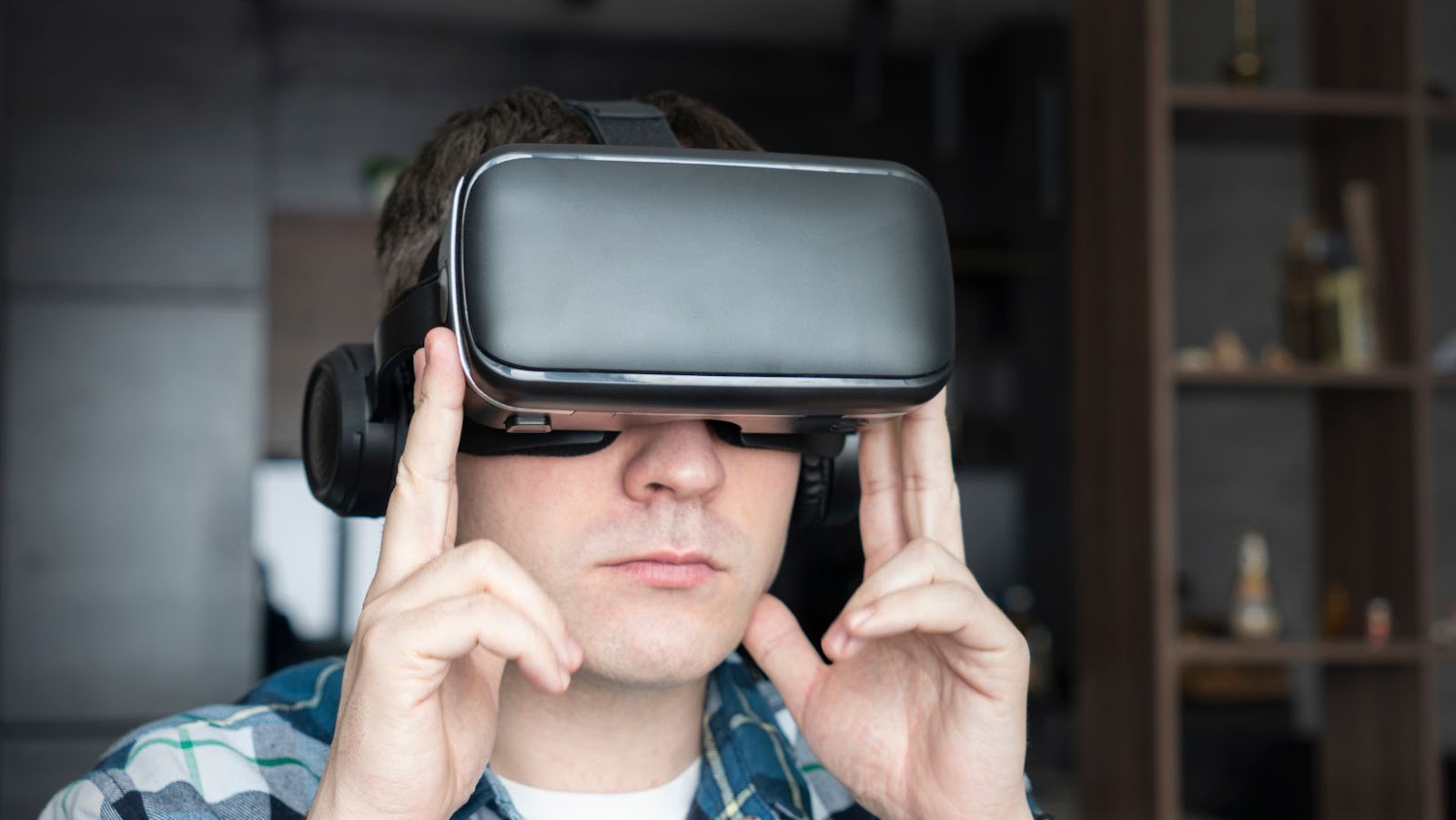 AR Entertainment Hub
AR Entertainment Hub
AR entertainment hubs serve as platforms integrating virtual elements into real-world settings, enhancing user experience across multiple domains. They combine immersive technology with creative content, offering interactive and personalized engagement. In gaming, players interact with virtual objects in physical spaces. During live events, AR introduces dynamic displays and real-time data overlays to enrich audience interaction. Educational applications utilize AR to provide interactive learning experiences, making complex subjects more accessible. Each use case exemplifies AR’s potential to revolutionize entertainment by blending innovation with everyday reality.
AR entertainment hubs revolutionize user engagement through various cutting-edge features. These platforms integrate virtual elements and real-world experiences to create unique opportunities for interaction and discovery. Users engage in truly immersive experiences with AR entertainment hubs. These platforms blend digital content with physical environments, allowing users to fully explore and interact. In gaming, players experience life-sized virtual objects directly in their surroundings, enhancing the realism and excitement of gameplay. Museums and theme parks use AR to layer additional information and animations onto exhibits, creating an engaging journey for visitors.
AR hubs leverage real-time interaction to enhance user engagement. Users connect with virtual elements instantaneously, receiving immediate feedback and updates. Live sports events benefit from dynamic overlays showing stats and replays, offering spectators a richer viewing experience. Concerts enhance performances with AR, displaying real-time visual effects synchronized with the music. AR entertainment hubs provide multisensory integration, enriching user experiences by engaging multiple senses. These platforms combine visual elements with auditory, tactile, and sometimes olfactory stimuli to create a more comprehensive interaction. For example, virtual tours incorporate ambient sounds and vibrations, transporting users to new locations. Gaming systems simulate touch and sound with haptic feedback, heightening the sense of realism and immersion.
 User Experience
User Experience
Augmented Reality entertainment hubs elevate user experience through intuitive interactions and broad device compatibility, fostering seamless and engaging environments. AR entertainment hubs offer user-friendly interfaces, enabling easy navigation through immersive experiences. Users engage with digital elements without specialized knowledge, accessing content directly through simple gestures like swipes and taps. Intuitive design minimizes learning curves, making technology accessible to novices and tech-savvy individuals alike. Most systems provide clear instructions and visual cues to enhance usability.
AR hubs support a wide range of devices, including smartphones, tablets, and AR glasses. This compatibility ensures users can access AR experiences across multiple platforms, enhancing reach and convenience. Developers optimize software to work smoothly on different operating systems, ensuring consistent performance whether on iOS, Android, or Windows. Moreover, users receive regular updates, maintaining compatibility with evolving hardware innovations.
 Benefits Of Using AR Entertainment Hub
Benefits Of Using AR Entertainment Hub
AR entertainment hubs offer numerous advantages, merging virtual elements with the physical world to create immersive experiences. These hubs elevate user interaction by blending digital content with intrinsic reality. In gaming, players experience unprecedented immersion with dynamic graphics and real-time feedback. Concert attendees enjoy augmented visuals that react to music, deepening their connection to performances. Sports fans benefit from overlays, gaining deeper insight into plays as they unfold, enhancing their viewing experience.
In education, AR entertainment hubs provide interactive learning, making complex topics accessible. Science students engage with 3D models, visualizing intricate structures directly in their environment. History enthusiasts explore detailed recreations of historical events, gaining a tangible sense of past occurrences. This integration facilitates learning by transforming traditional methods into engaging experiences.
AR entertainment hubs are reshaping the landscape of digital interaction by seamlessly merging the virtual with the real. They offer unprecedented opportunities for personalized engagement, whether in gaming, live events, or education. By enhancing user experience through intuitive interfaces and broad device compatibility, these hubs make immersive technology accessible to a wider audience. Despite challenges like hardware requirements and cost, the potential of AR to transform entertainment and education remains vast. As technology advances, AR entertainment hubs will likely become integral to how users experience and interact with digital content, setting the stage for a future rich with interactive possibilities.